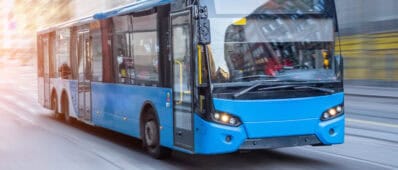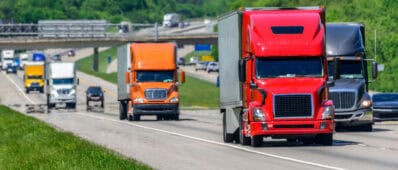Abstract
The recent technological advances in Automated Driving Systems (ADS) have fueled interest in the use and impact of vehicle fleets involved in driverless passenger transport services. This research identifies key safety risks associated with Level 4 ADS-equipped vehicle operation for fleets employed for Mobility as a Service (MaaS) applications. The study goes beyond assessing the functional safety of ADS-equipped vehicles to explore the role of fleet operators in ensuring the operational safety of vehicle fleets through remote driving assistance functions. This work identifies key responsibilities of the fleet operators in implementing risk reduction measures related to organizational management of change, training remote supervisors, ensuring suitable working conditions, enforcing vehicle connectivity and dispatching requirements, and coordinating incident mitigation procedures, training, tools, and work conditions. The study employs a hazard identification methodology that combines traditional and innovative methods to analyze risks involving human, software, and hardware systems. The study identified twenty hazard scenarios arising from system failures, human errors, and unsafe interactions during different operational phases. These are ranked based on their impact on safety and resource intensity, enabling fleet operators to make better decisions regarding resource allocation. By implementing these actions, fleet operators can prevent and mitigate safety hazards in the operation of ADS-equipped fleets through remote monitoring and driving assistance functions. The hazards and risk mitigation activities identified in this report may also improve the operational safety of passenger vehicles equipped with ADS technology as they become more widely deployed in future large-scale commercial operations.




